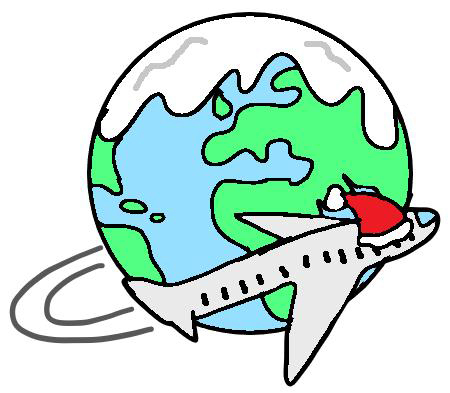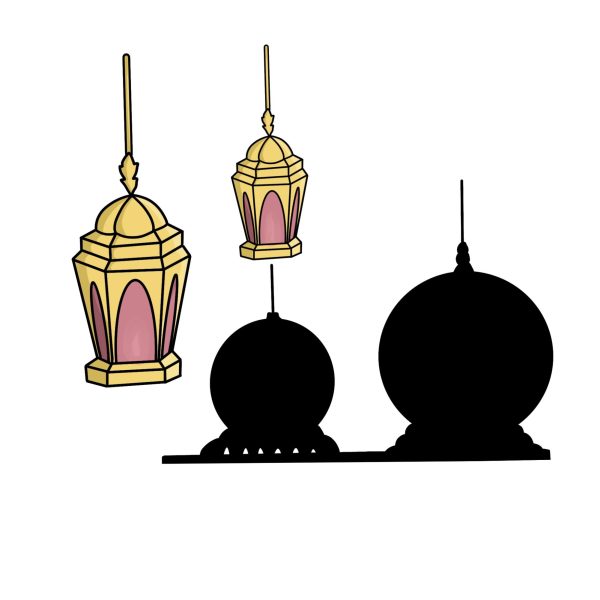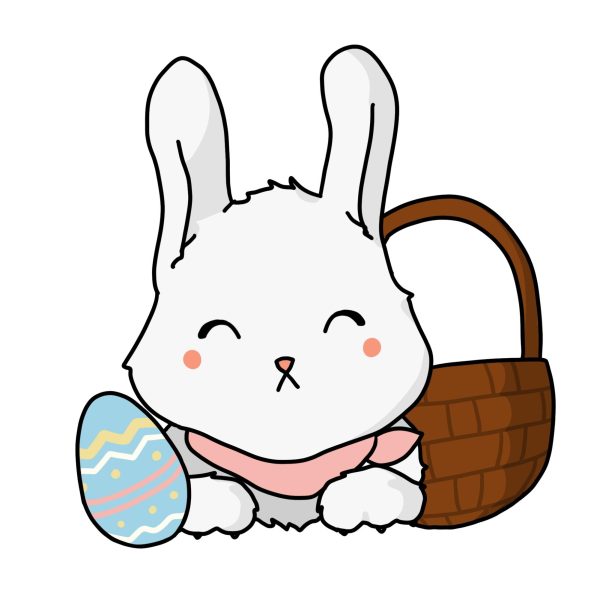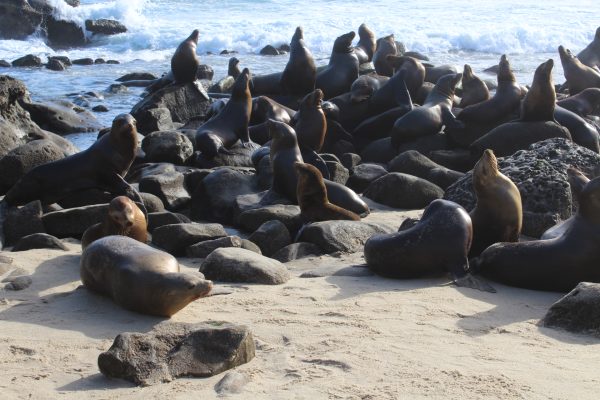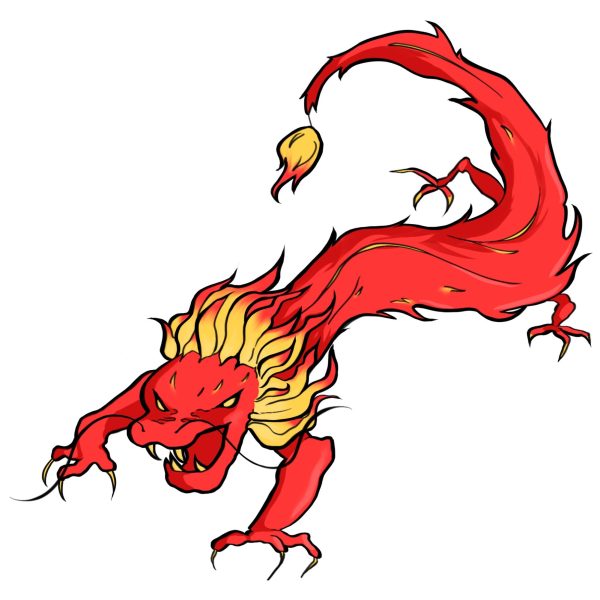Diverse Winter Holiday Celebrations Found Across the Globe
December 16, 2022
A plethora of winter holidays are celebrated across the globe, whether related to the solstice, associated with a religion, or observed for more complex reasons. With a seemingly never-ending list of celebrations, it can be tricky to keep track of them all. Fear no more — behold, a comprehensive (if not complete) and inclusive guide to the winter festivities held around the orb.
Saint Nicholas Day is celebrated in Europe, specifically in German- speaking countries, where it is called Nikolaus. Senior Sophia Boehmer said, “My family has celebrated Nikolaus
in the past by hanging stockings on our door the day before the holiday and receiving presents on Nikolaus itself.” According to Britannica, children also receive cookies, gifts,
and chocolate coins on this day. Many cultures and traditions feature a malevolent character
who accompanies Saint Nicholas, such as the half-goat, half-demon Krampus, who is said to punish children who misbehave (britannica.com).
Saint Lucia’s Day is celebrated in Scandinavia every year. According to a website dedicated to winter holidays around the globe, “The Norse would celebrate the winter solstice by setting up large bonfires meant to scare the evil spirits away and change the course of the Sun. When the Norse converted to Christianity around 1000 BC, they incorporated the legend of Saint Lucia into their celebrations” (decemberglobalholidays.org). Saint Lucia was a Christian martyr who was executed for her beliefs. In honor of her, children join a candlelit procession, dress in white gowns, and sing traditional songs together. Girls wear lighted wreaths on their heads, and each town elects its own Saint Lucia (decemberglobalholidays.org).
On the continent of Asia, in Iran, the Persian festival Yalda, or Shab-e Yalda also celebrates the winter solstice. According to Brittanica, “Yalda is viewed traditionally as the victory of light over dark, and the birthday of the sun god Mithra. Families celebrate together with special foods like nuts and pomegranates and some stay awake all night long to welcome the morning sun” (britannica.com). On the other side of the continent, China celebrates Dong Zhi, an important festival that celebrates family and the arrival of winter. “It is thought to have started as an end-of-harvest festival, with workers returning from the fields and enjoying the fruits of their labors with family” according to Britannica (britannica.com). These are just two of the continent’s many winter celebrations.
In the Americas, another big winter holiday is Epiphany, or Three Kings Day, which is celebrated mainly by Catholics. In Spanish-speaking countries where it is hugely celebrated, it is known as El Día de Los Tres Reyes Magos. According to the National Geographic, “This holiday is celebrated as the day the three wise men first saw baby Jesus and brought him gifts. In Puerto Rico, before children go to sleep on January 5, they leave a box with hay under their beds so the kings will leave good presents” (nationalgeographic.com). Senior Rowan Allen, whose family in the Dominican Republic celebrates Three Kings Day, expressed that for dessert, they have King Cake. This treat has a trinket inside, and whoever gets the slice that contains the trinket gets a prize (other cultures force trinket-holders to cook certain dishes).
The holiday of Las Posadas is mainly celebrated in Mexico and in some parts of the United States. It commemorates the journey that Joseph and Mary made from Nazareth to Bethlehem in search of a safe place where Mary could give birth to the baby Jesus. According to the United Planet, “During the celebration, a procession moves from house to house with a candle inside a paper lampshade, stopping at each home to sign and pray. Eventually, the procession ends at a home or church, and the celebration continues with caroling, feasting, and piñata breaking” (unitedplanet.org).
There are a wide variety of worldwide celebrations worth recognizing, including the many in this list. Whatever the celebration may be, what is common among them are the themes of family and the persistence of light and faith during the coldest of seasons.

